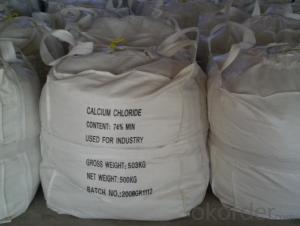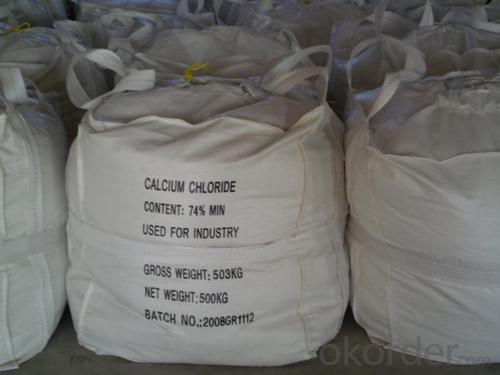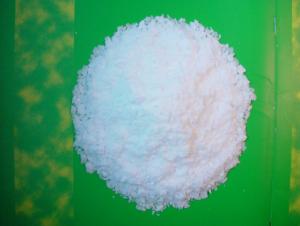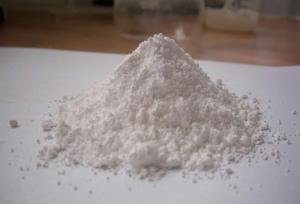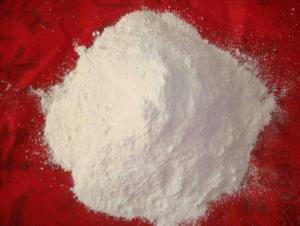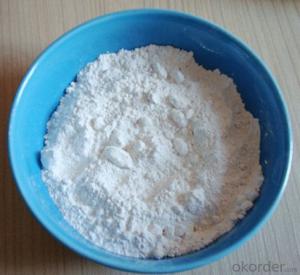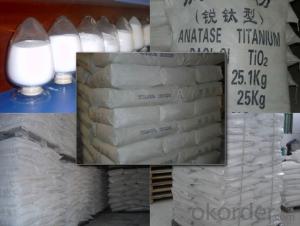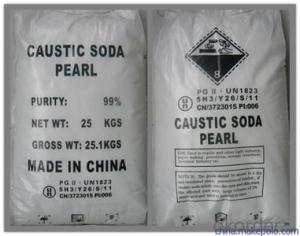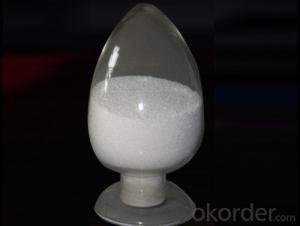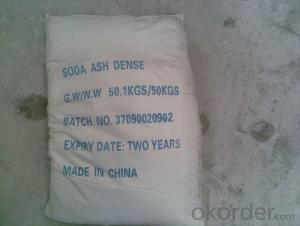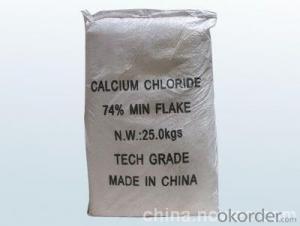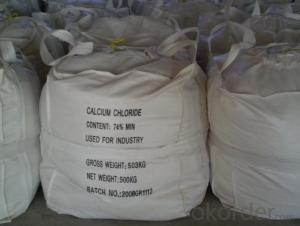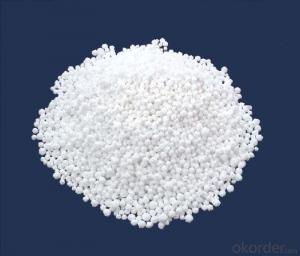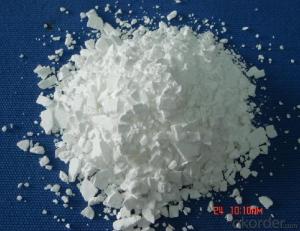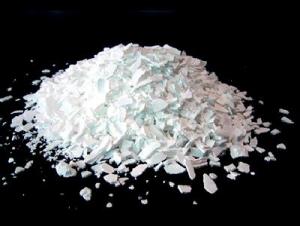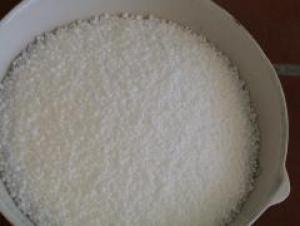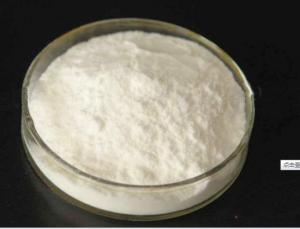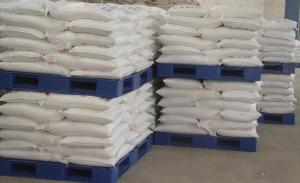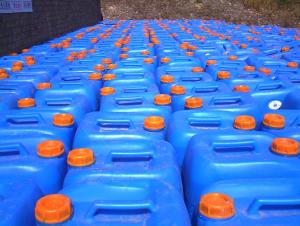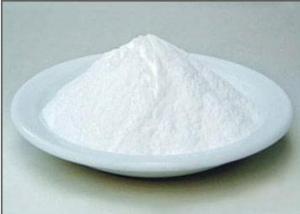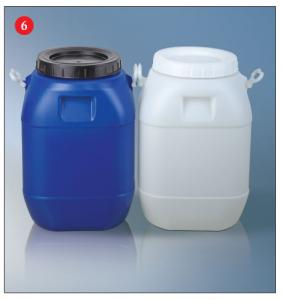Calcium Chloride 74% with Best Quality and Competitive Price
- Loading Port:
- China Main Port
- Payment Terms:
- TT or LC
- Min Order Qty:
- -
- Supply Capability:
- -
OKorder Service Pledge
OKorder Financial Service
You Might Also Like
1. Structure of Calcium Chloride Description:
Property: White flake or grain crystal, its solubility is strong; Easy to dissolve in water. It has causticity.
Molecular Formula: CaCL2 , CaCL2 .2H2O
Molecule Weight: 110.98 , 147.01
CAS No.: 10043-52-4
Appearance: White Flakes / Ball / Powder/Granular
2.Main Features of Calcium Chloride:
Colorless cubic crystal. Generally speaking, it is white crystal, white multihole , grain, or honeycombing; It's smell-less and a little bitter. Its relative density is 2.15(25 °C ), melting point is 782 °C , boiling point is beyond 1600 °C . With strong hygroscopicity, it is easy to deliquate in the air, but easy to dissolve in water while eliminating plentiful heat. Its water solution is acid deficient. It can dissolve in alcohol, acetone, and acetic acid. Reacting with ammonia or ethanol, it will generate CaCl2 · 8NH3 and CaCl2 · 4C2H5OH complex compound. It crystallizes and separates out six-water substance. Gradually heating up to 30 °C , it will dissolve in its crystal water, continue heating up until desiccation; it turns into two-water substance while the temperature is 200 °C ; while 260 °C , it becomes white multihole anhydrous calcium chloride.
3.Calcium Chloride Images

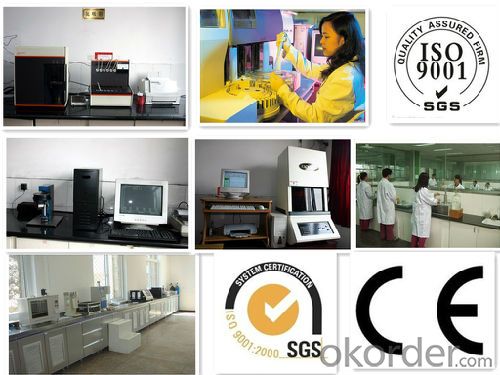
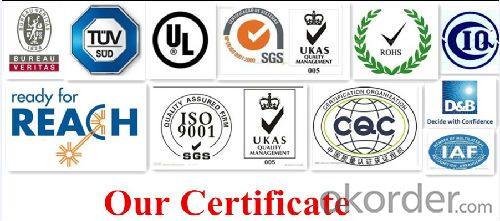
4.Calcium Chloride Specification
Item (Industrial Grade) | Quality Index | |
Purity ( As CaCL 2 ) | 74-77% | 90-94% |
Sulphate ( As CaSO 4 ) | 0.2 % max | 0.2% max |
Magnesium & Alkali Metal Chlorides ( As NaCL) | 3.5% max | 4.0% max |
Alkalinity ( As Ca(OH) 2 ) | 0.2% max | 0.25% max |
Water insoluble | 0.1% max | 0.2% max |
Item (Industrial Grade) | Quality Index | |
Purity ( As CaCL 2 ) | 74-77% | 90-94% |
Sulphate ( As CaSO 4 ) | 0.2 % max | 0.2% max |
Magnesium & Alkali Metal Chlorides ( As NaCL) | 3.5% max | 4.0% max |
Alkalinity ( As Ca(OH) 2 ) | 0.2% max | 0.25% max |
Water insoluble | 0.1% max | 0.2% max |
Arsenic ( As ) | 0.0002% max | 0.0002% max |
Heavy metals ( As Pb ) | 0.0005% max | 0.0005% max |
5.FAQ
Are you a factory or trading company?
----We are the import-export branch of the factory--CNBMGroup. There are production unit and sales unit in our Group. Production unit is only responsible for producing cargos. We are in charge of sales. Even there is a "trade" in our name,but actrually we are factories.
• What is the minimum order?
----One Metric Ton
• How can I get sample for testing?
----Kindly send us your address, we will send the sample to you.
• Where is your factory located? How can I visit the factory?
----Our factory located in Shandong, China. It is in the north of China as a sea-side city. It is one hour flight from Beijing.
- Q: and what are the kinds of organic compounds?..pls. help me abt. this..thanks!..(^_^)
- I think organic compunds are anything with Carbon(C), although I really don't know.
- Q: What is an inorganic salt?
- Inorganic salts are not just salts of carbon-free salts, and some salts containing carbon are apparently also inorganic salts such as K2CO3, sodium bicarbonate, etc.
- Q: are there any other foods than water and salt that have an abiotic origin (lifeless, inorganic)?
- Various minerals we need, like iron, zinc, magnesium, etc. That's it. These also are not technically foods, as the first poster said.
- Q: Why plasma osmotic pressure and protein, inorganic salt content
- Plasma osmotic pressure is divided into crystalline osmotic pressure and colloid osmotic pressure.
- Q: Which crop feet can provide C N inorganic salts for fungal growth
- Plant growth requires a variety of inorganic salts, which require the most is nitrogen, phosphorus, potassium containing inorganic salts. If a lack of some inorganic salts, plants can not grow normally. Kind of crops need fertilization, farm manure contains organic matter, the microbial decomposition of the soil will produce a large number of inorganic salts for plant growth and utilization, the role of fertilizer is to provide a variety of plant growth of inorganic salts. Therefore, in agricultural production, the application of fertilizer and farm manure is intended to provide a variety of inorganic salts for crops.
- Q: Alkaline pool can breed what
- In the future of adult fish sales process found that after long-distance transport, part of the fish surface congestion, affecting the survival rate of transport and marketing. This may be associated with the addition of fish oil in the larger amount, resulting in high fish fat, muscle softness. Suggested in the late breeding, should reduce or even stop the addition of fish oil, and should increase the water flow, stimulate the fish, to achieve the purpose of exercise to improve the survival rate of transport.
- Q: is table salt organic or inorganic, why?
- if its found in nature its organic if its made by man its synthetic. table salt is found in the ocean so i guess it would be organic.
- Q: After a lot of sweating, the amount of drink with inorganic salt drink right?
- It is best to drink this kind of drink, which contains sodium and potassium, and when the body after a lot of exercise will consume a lot of potassium, leaving the body feel weak, this drink can quickly add the body Electrolyte, need to note that before the exercise 1-2 hours, during exercise and after exercise have to drink
- Q: is sugar and salt organic or inorganic?
- sugar is organic salt is not. Sugar is made from carbon that's why it's organic in compound
- Q: What is the salty acid?
- Founder of the salty acid is the reason why grows, mainly by its traditional ancestral process submerged formula, it produces the production of acid buckwheat head, hot pepper, in the open cylinder, can maintain 3 years color taste does not degenerate. And each open cylinder, near the residents are aware of the special aroma, salted after the buckwheat head, pepper, beautiful color, taste crisp, very consistent with the taste of Jiangnan people. Fang's production of acid products, both can become ordinary people's food seasoning, but also for the Daya Church of appetizers. The following are the same as the "
Send your message to us
Calcium Chloride 74% with Best Quality and Competitive Price
- Loading Port:
- China Main Port
- Payment Terms:
- TT or LC
- Min Order Qty:
- -
- Supply Capability:
- -
OKorder Service Pledge
OKorder Financial Service
Similar products
Hot products
Hot Searches
Related keywords
